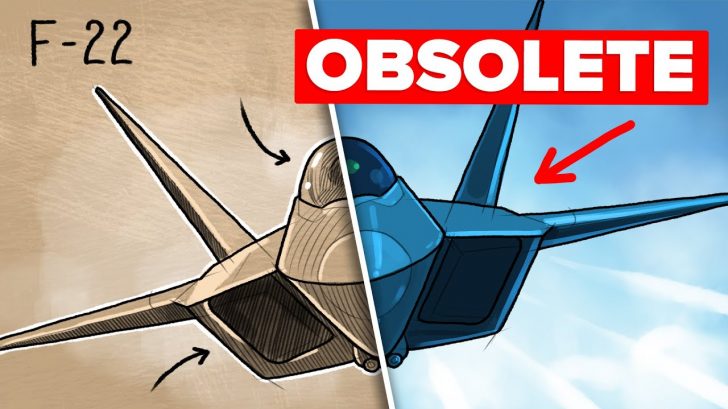The United States Air Force announced in 2009 that it would cease production of the F-22 Raptor. The decision to cease production of the iconic warbird was met with some controversy, as the aircraft was considered the most advanced fighter jet in the world at the time. However, there are several reasons why the US does not want the F-22 Raptor anymore.
It Costs A Lot
One of the main reasons why, is the cost of maintaining the aircraft. The F-22 program has been plagued with technical problems, and the aircraft requires extensive maintenance to remain operational. As a result, the cost of keeping the F-22 in service has been estimated to be as high as $44,000 per hour of flight time.
Furthermore, it is estimated that a single F-22 Raptor now costs $143 million, excluding operational costs which can easily add up. In total, an F-22 that is constantly improved and maintained could have a total acquisition that exceeds $230 million per aircraft.
Better Tech That’s Also Cost-Effective
The F-35, which is still in production, is set to become the future of the US Air Force’s fighter fleet. The F-35 has advanced stealth capabilities, advanced sensors, and is more versatile than the F-22 Raptor, making it a more cost-effective solution for the US military.
Rise of UAVs and Long-Range Missiles
In addition, with the rise of unmanned aerial vehicles and long-range missile systems, air-to-air combat is becoming less common. The F-22’s primary role was to engage enemy aircraft in dogfights, which are increasingly rare in modern warfare. Ceasing F-22 production lines would allow the USAF to focus on developing new technologies that are better suited to modern warfare.
Low Readiness Rate
The F-22 is technologically advanced in many ways, but it was still designed using outdated computer architecture. In 2018, the F-22 Raptor had a readiness rate of only 49%, meaning that less than half of the fleet was available for operations at any given time. Business Insider also stated that the beloved F/A-18 E/F also had an abysmal readiness rate of 51%. For reference, the US military’s goal was 75%.



